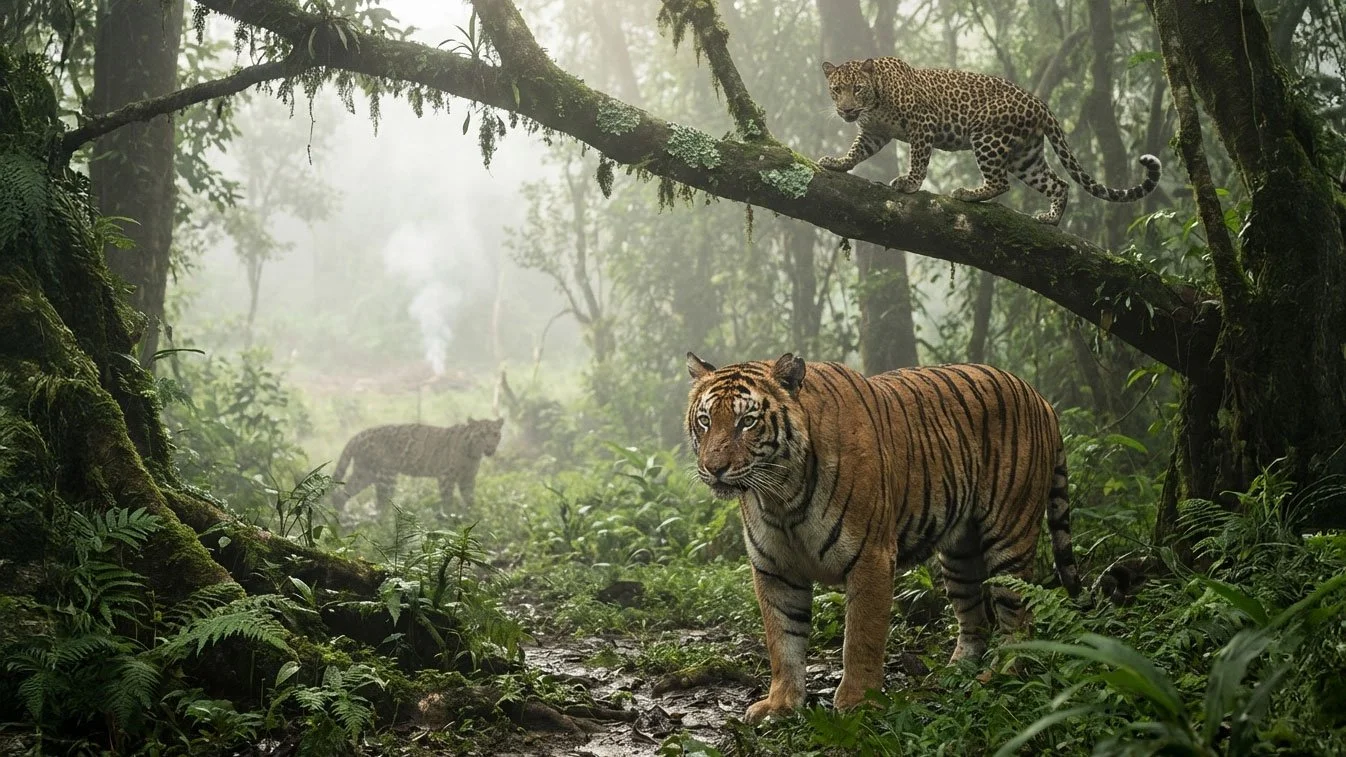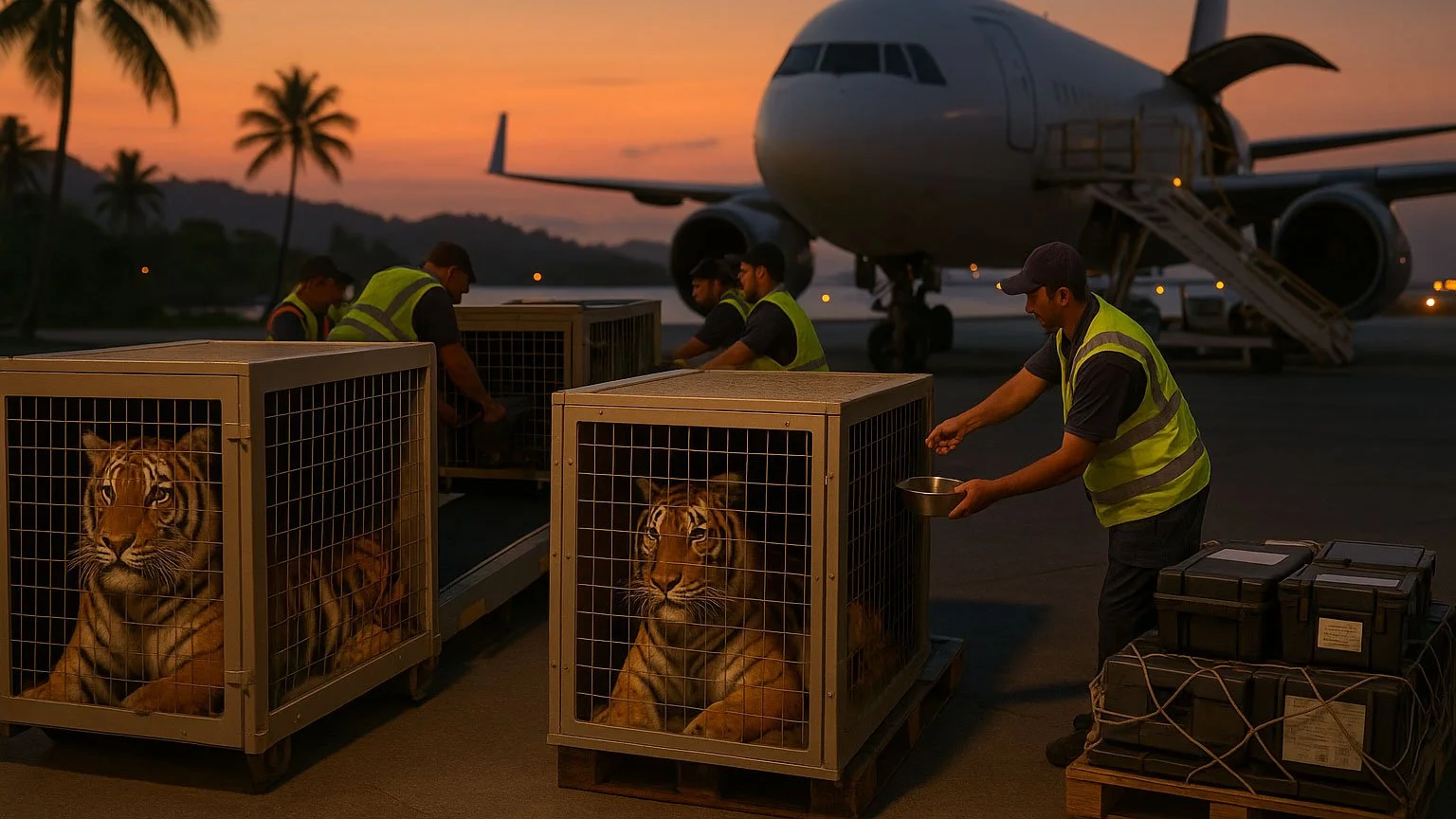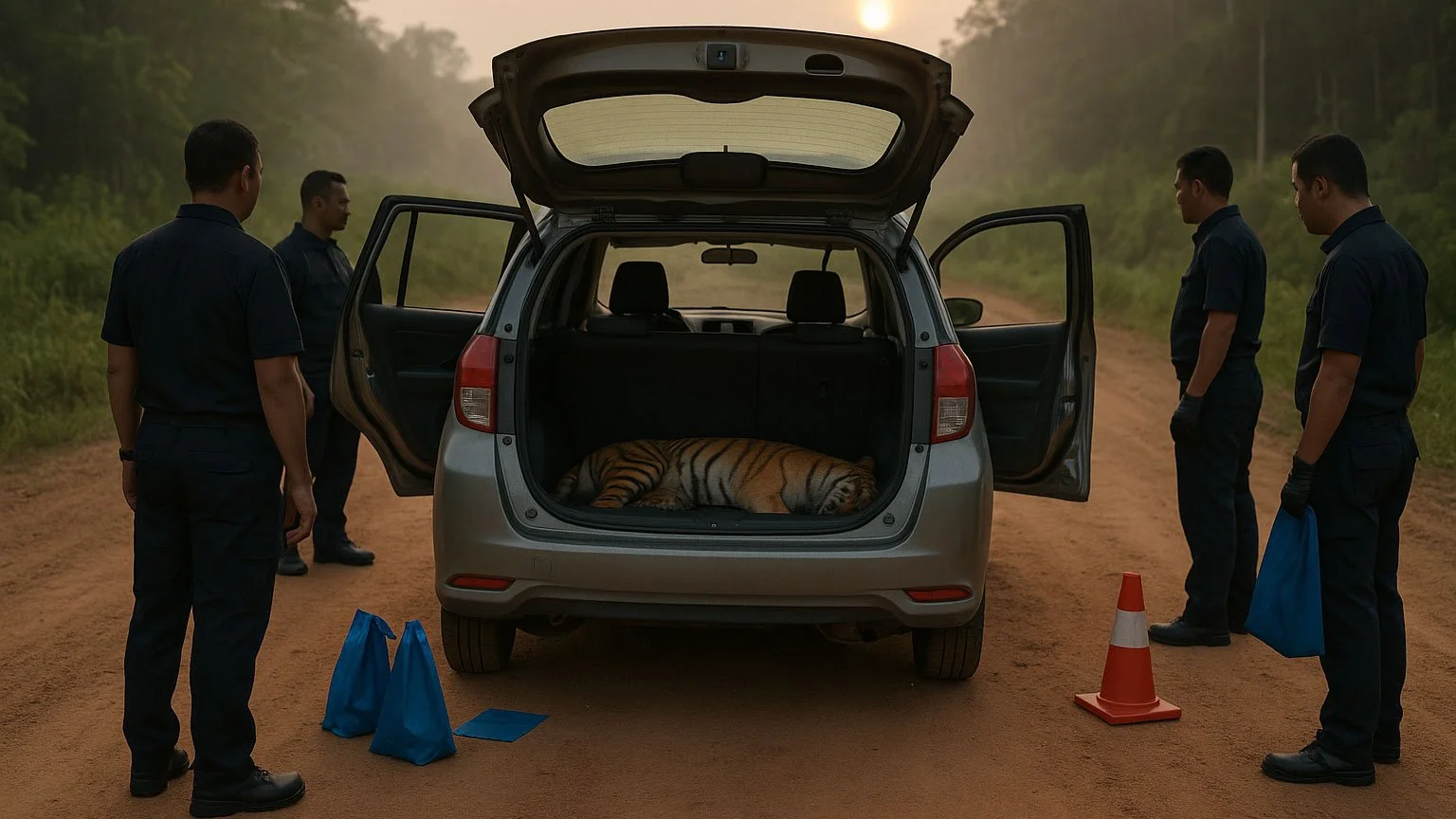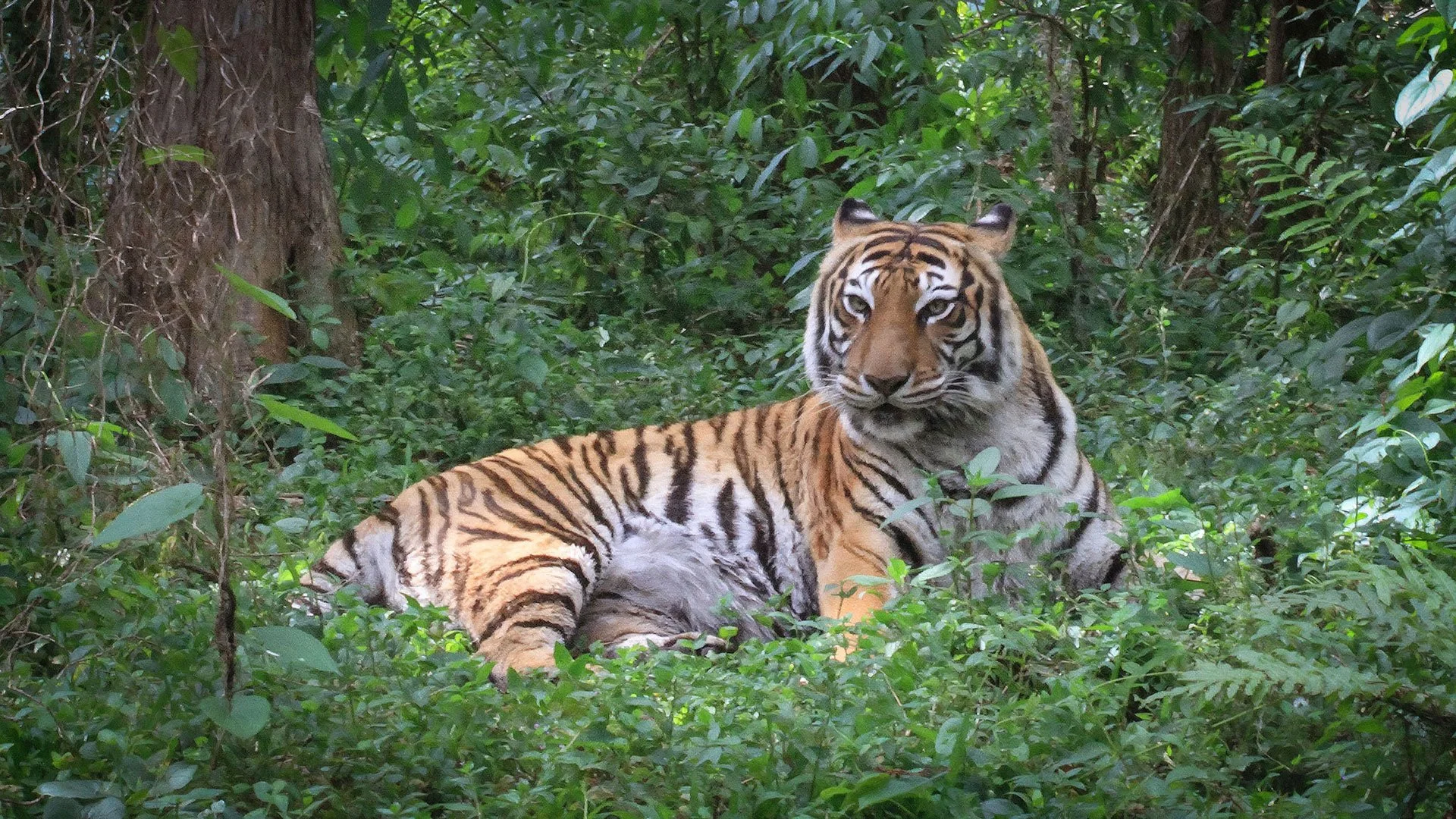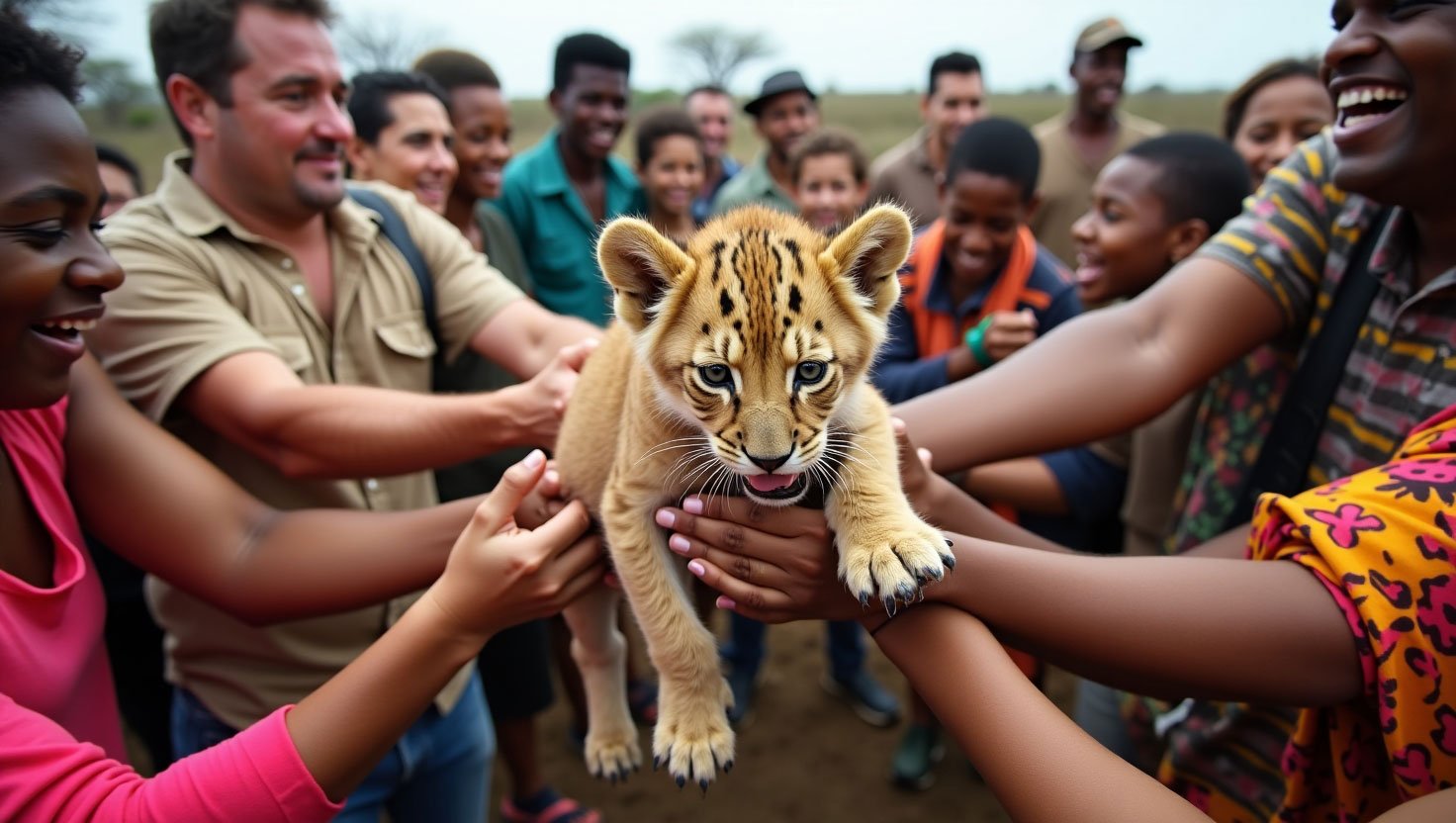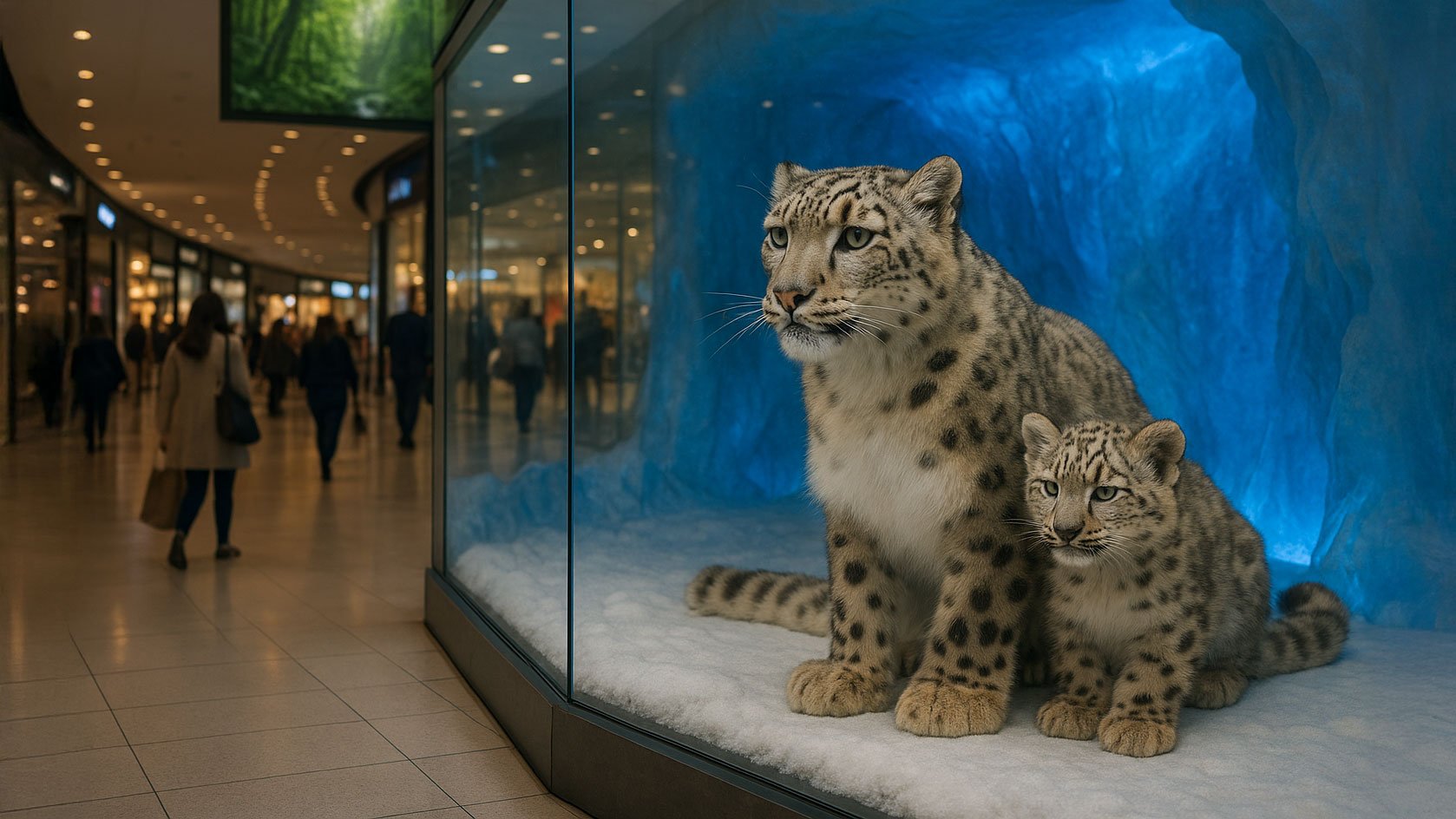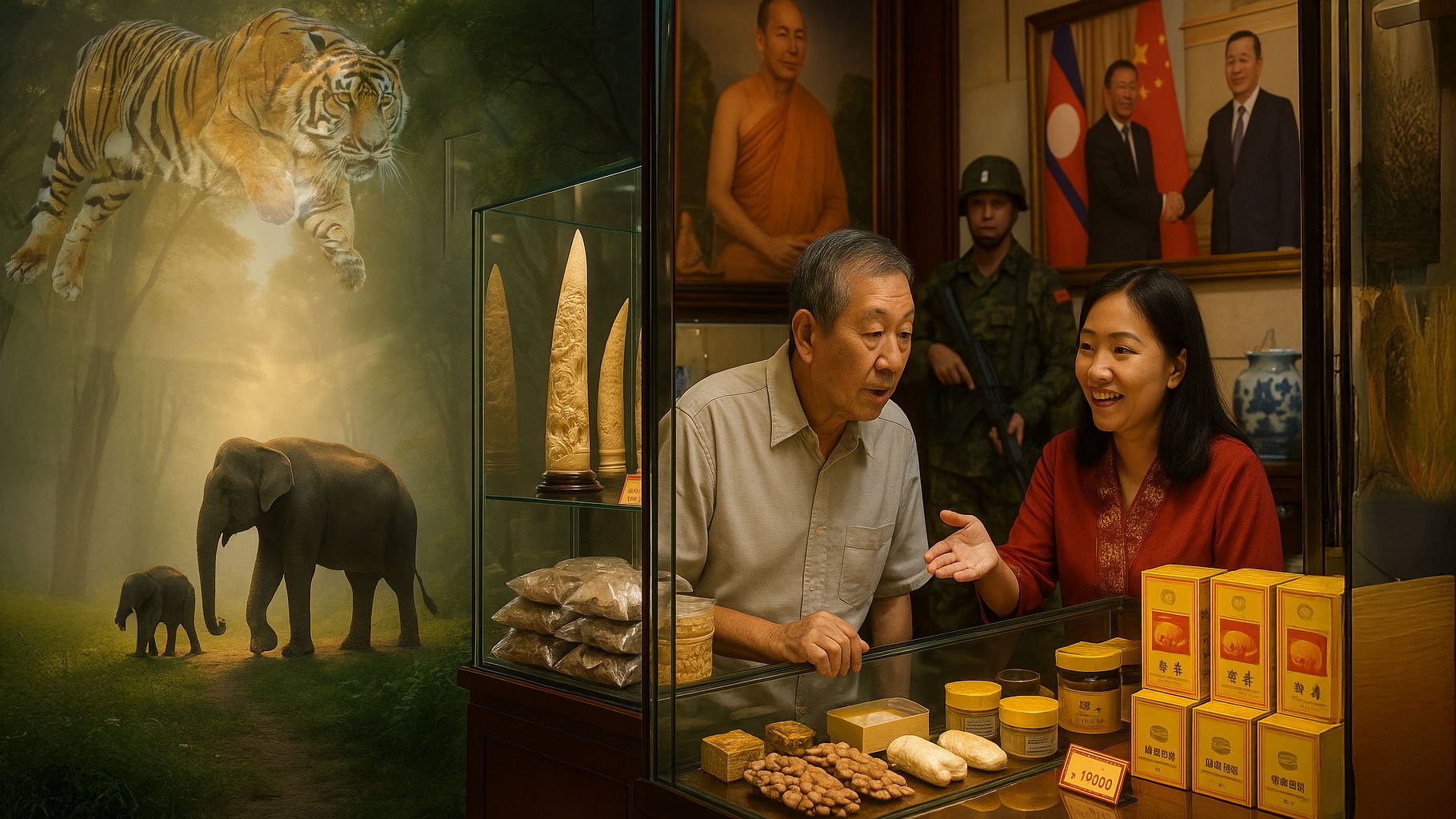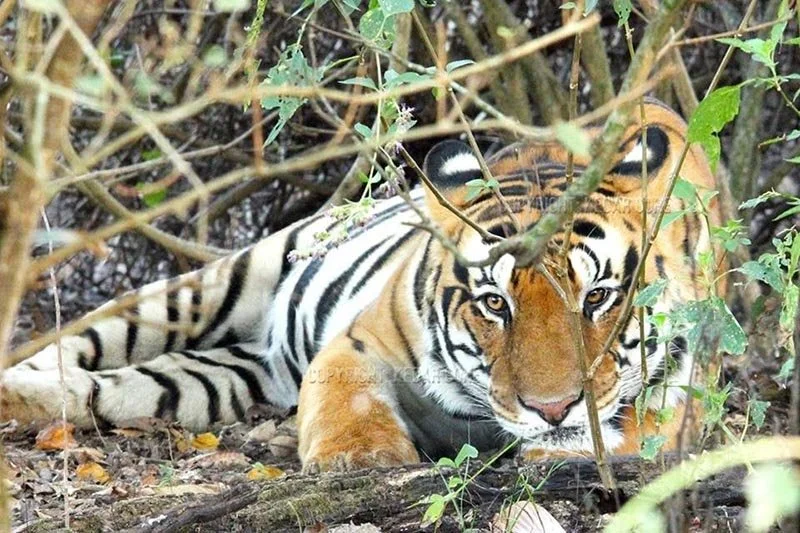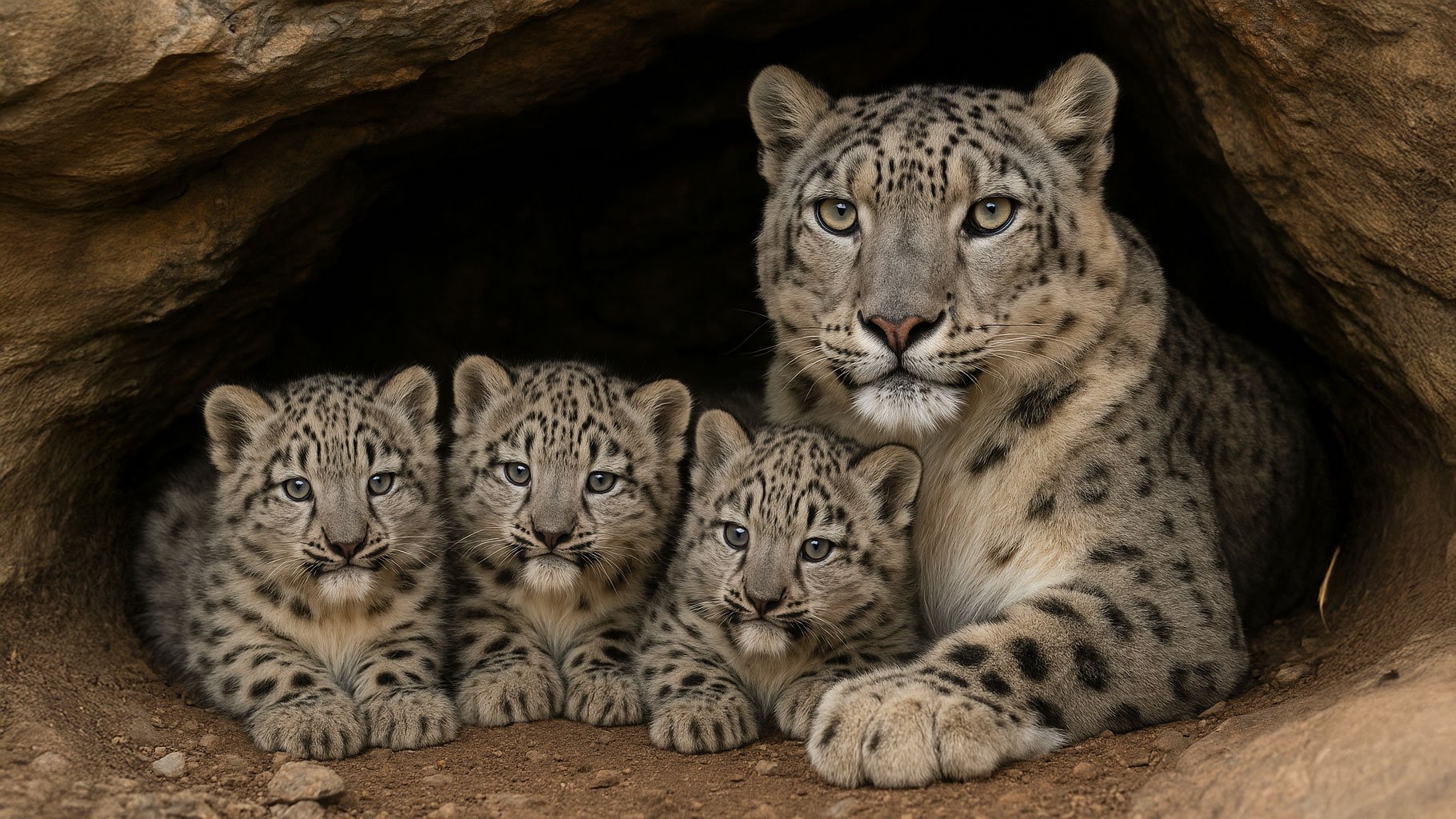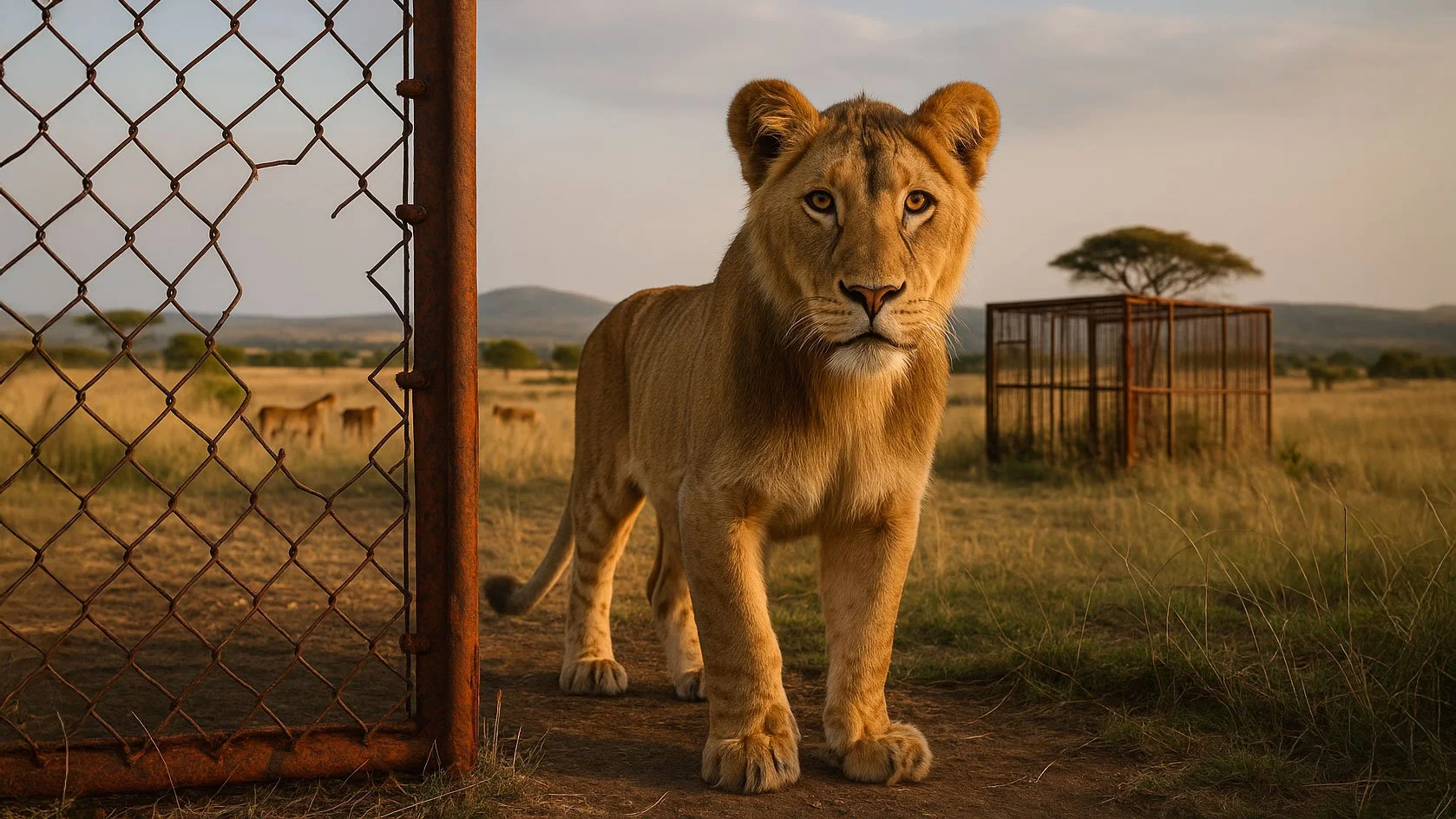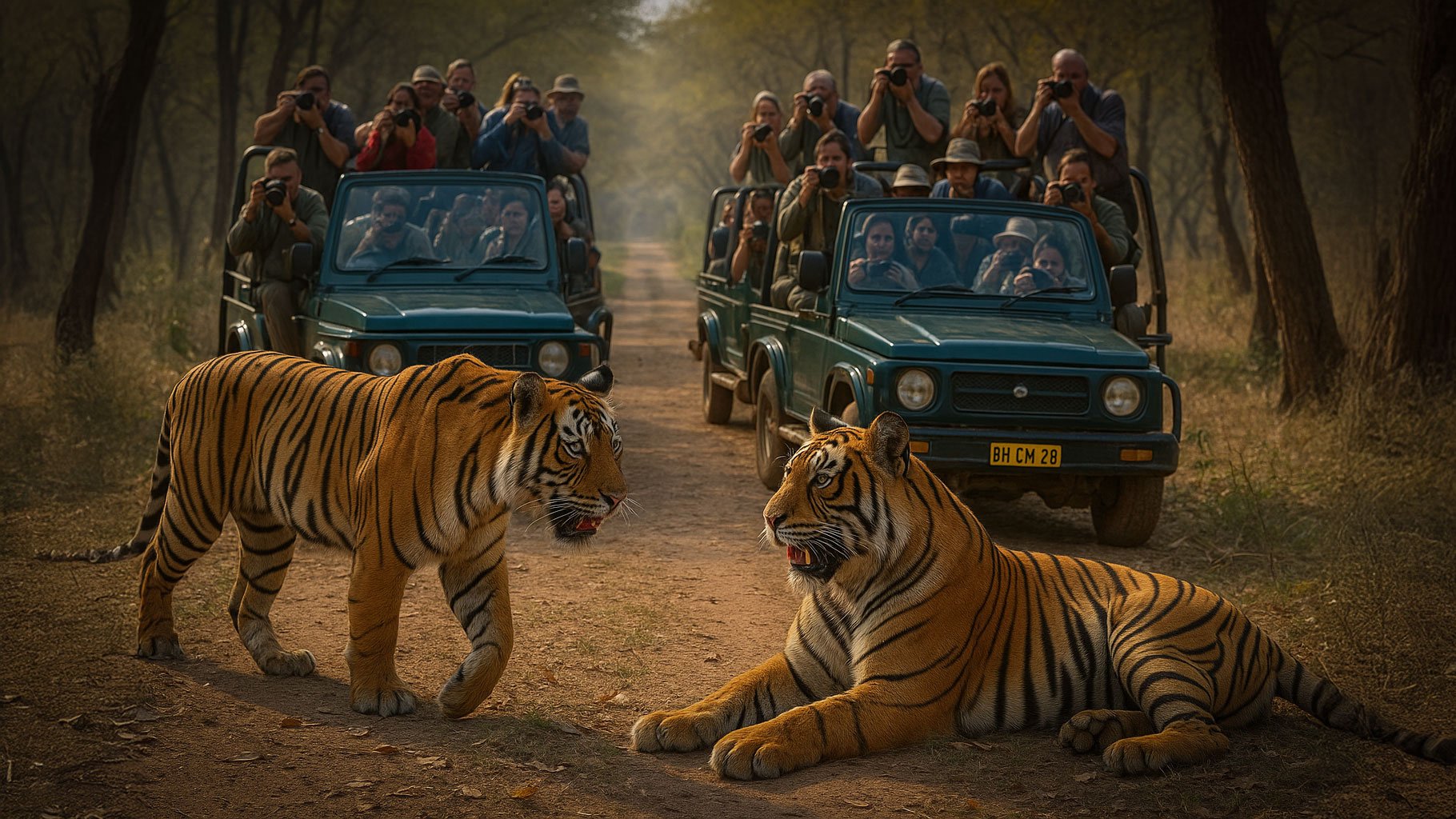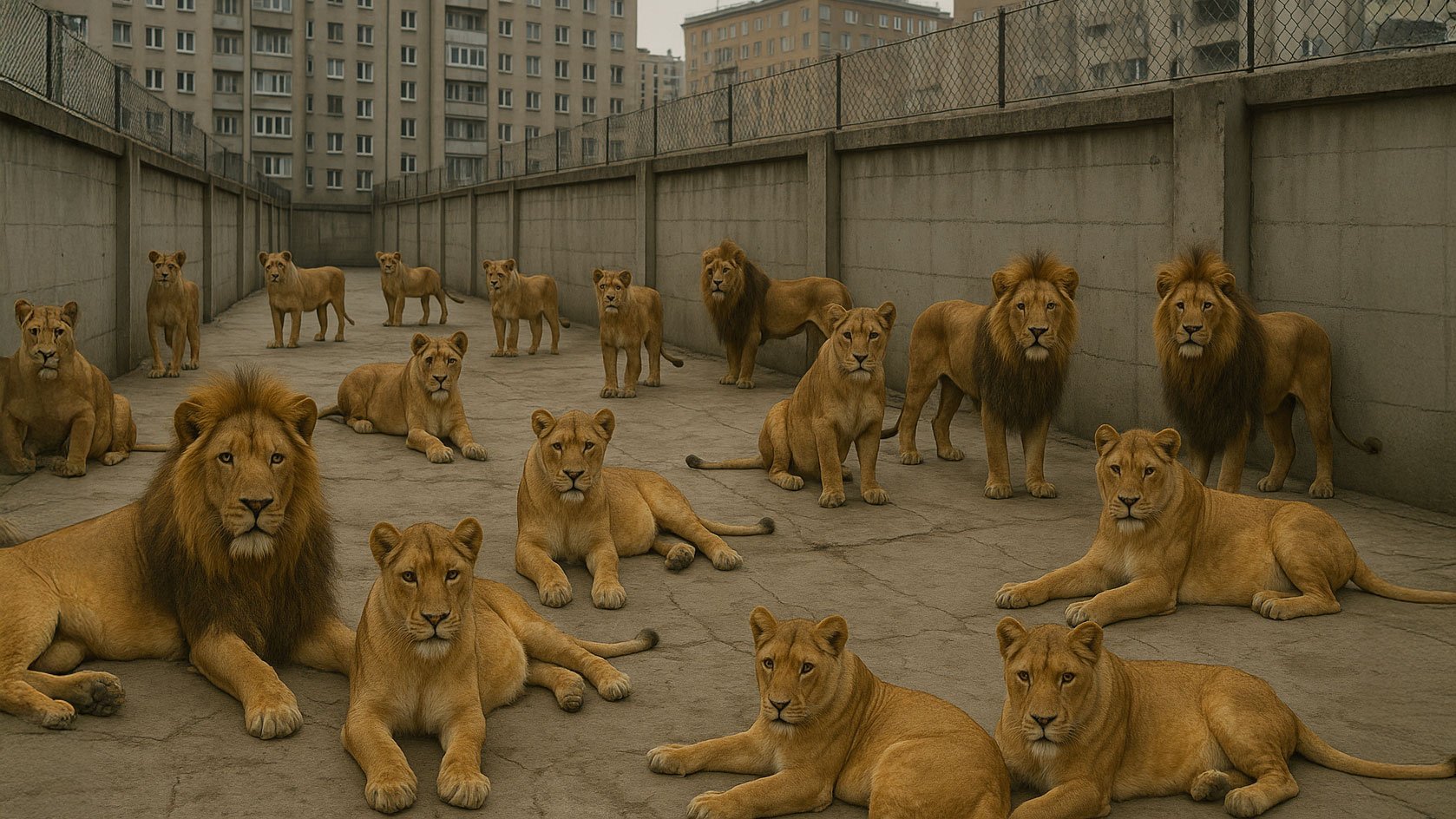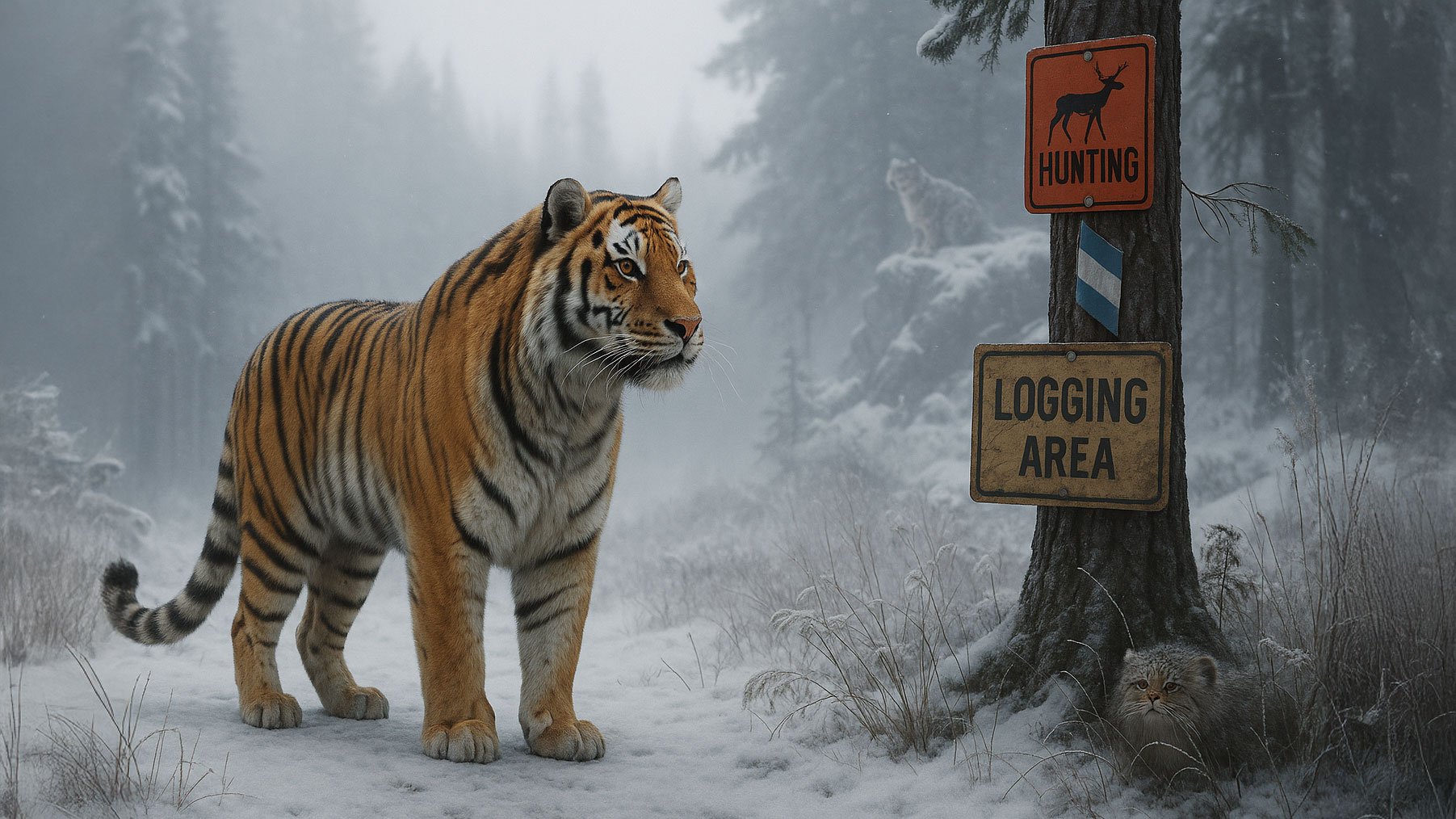The Cage of Illusion: Why Breeding Wild Cats for Zoos Must End
In the stillness of early morning, before Marwell Zoo had even opened its gates to the public, Valentina—a majestic, eight-year-old Amur tiger—was killed. Her death wasn’t due to poaching, or habitat loss, or any of the myriad human-induced threats that plague tigers in the wild. No. Valentina died at the hands of another tiger, Pasha, during a calculated and ultimately fatal introduction orchestrated by the zoo in the name of conservation.
Valentina’s story is not an anomaly. It is a symptom of a much deeper problem—one cloaked in the language of preservation but rooted in entertainment and profit: the breeding of wild cats for life in captivity.
A Deadly Experiment
Valentina had lived at Marwell Zoo in Hampshire, UK, for five years after being transferred from Hodonin Zoo in the Czech Republic. Her new companion, Pasha, had only recently arrived from another zoo. Despite “encouraging behaviors” observed from behind fence lines, when the two were brought together, the encounter turned violent—fast. Within moments, Valentina was fatally injured. Zookeepers could not intervene in time. Pasha survived. Valentina did not.
This tragedy highlights an uncomfortable truth: zoos often play Russian roulette with the lives of the very animals they claim to protect. Introducing apex predators like tigers to each other is inherently risky—something the zoo itself admitted. Yet these deadly pairings continue to occur in institutions around the world.
The Myth of Zoo-Based Conservation
Zoos often argue that their breeding programs are essential to preserving endangered species like the Amur tiger, which has only about 3,000 mature individuals left in the wild. But here’s the truth: the vast majority of captive-bred big cats will never be released into the wild. They are born into artificial environments where they learn nothing of stalking prey, avoiding humans, or navigating the vast, perilous terrains that define a wild cat's life.
Instead, they are confined—placed behind glass or bars as living exhibits for human amusement, passed from one zoo to another as part of "breeding programs" that rarely serve conservation outside of the zoo industry's own gene pool.
Captive breeding creates conservation illusions while draining the resources and attention that should be directed toward true conservation efforts—protecting natural habitats, preventing poaching, and supporting the wild populations that actually need us.
The Psychological Toll of Captivity
Even when tigers are not dying in forced introductions, they are suffering in other ways. In captivity, wild cats are denied the mental stimulation, territory, and autonomy they require. The result? Pacing. Over-grooming. Self-harm. These are not signs of healthy animals. They are symptoms of distress—commonly seen in zoo enclosures and wrongly interpreted by the public as "playful" behavior.
Valentina had previously been paired with another male tiger, Bagai, who died just a year before her. She spent years in captivity, shuffled between companions and enclosures, all while strangers stared, pointed, and took selfies. This is not conservation. It is exploitation dressed in khaki uniforms and laminated visitor passes.
What True Conservation Looks Like
Real conservation happens in the wild. It happens when we protect tiger corridors from deforestation, when we support anti-poaching patrols, and when we empower local communities to coexist with predators rather than fear or destroy them. It happens when organizations like Big Cat Rescue shift away from captivity and focus their resources on preserving nature, not simulating it.
Supporting efforts that keep wild cats in the wild—like habitat preservation, camera trap monitoring, and community education—provides long-term, scalable impact. It doesn’t produce Instagrammable tiger cubs. But it does save species.
A Better Way Forward
What if, instead of using tragedy to justify more breeding, we let Valentina’s death be a turning point?
What if we invested in virtual reality experiences that let people walk with tigers through the Russian Far East without putting a single animal in a cage?
What if we redirected zoo funding toward in-situ conservation, where wild cats live and die as nature intended—not on a fabricated timeline for human observation?
The Big Cat Public Safety Act, passed in the U.S. in December 2022, has already banned private ownership and public contact with big cats. That’s the kind of leadership the rest of the world needs to follow. Because the truth is this: no animal bred for captivity will ever truly be wild again.
Let’s Not Be Complicit
Valentina deserved better. Pasha deserves better. And so do the countless tigers, lions, leopards, and other big cats currently pacing behind bars, their wildness traded for an audience they never asked for.
We have the knowledge. We have the technology. We have the will.
All we need now is the courage to say: No more cages. No more deaths like Valentina’s.
✨ Take Action
🐾 Support ethical conservation groups like Big Cat Rescue that are working to keep wild cats in the wild.
🐾 Say no to zoos and breeding programs that exploit animals under the guise of education.
🐾 Share Valentina’s story and be a voice for those who cannot speak.
Together, we can close the cage—not around the tiger, but around the outdated mindset that keeps her imprisoned.
Source: https://www.telegraph.co.uk/news/2025/07/01/female-tiger-killed-zoo-marwell-hampshire/



